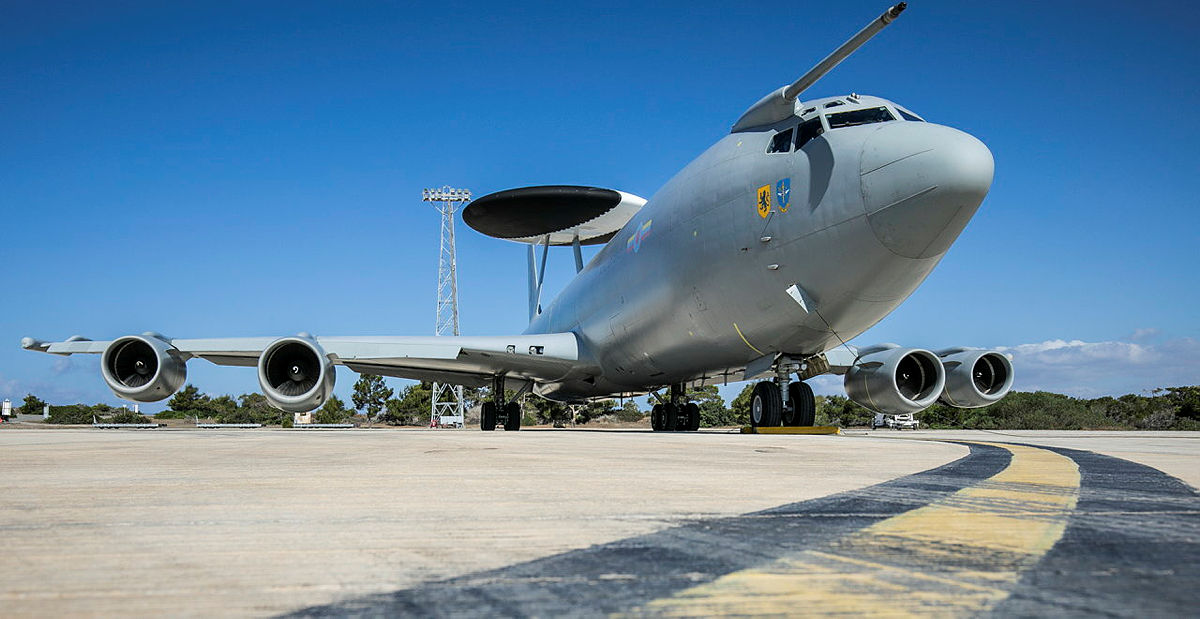
Sentry E-3D: Everything You Need To Know About The Aircraft

The E-3D Sentry aircraft was recently welcomed back to its base, RAF Waddington in Lincolnshire, by a NATO and RAF Force Commander – signalling the end of its service.
Also known as the Airborne Warning and Control System (AWACS), the Sentry was used to keep a track of both enemy aircraft and allied assets.
The Sentry was also capable of detecting ships and relaying information to maritime aircraft or friendly vessels for further investigation.
Ordered as an urgent replacement for the Shackleton aircraft, the Sentry entered service in 1991 as part of the RAF's intelligence, surveillance, target acquisition, and reconnaissance (ISTAR) fleet.
This saw the aircraft immediately deployed to serve in the first Gulf War, supporting Air Operations.
Since her maiden deployment, the aircraft has served in Iraq, Afghanistan, Libya and the broader Middle East.
Watch: Sentry Aircraft Returns Home To RAF Waddington For Retirement.
They have also been deployed to the Caribbean and within a NATO role.
More recently, the aircraft's ability to provide a 'big picture' of conflict zones was utilised on Operation Shader – the UK's contribution to the US-led mission against the so-called Islamic State.
Flying with 54, 56 and 8 squadrons, the Sentry flew its final operational sortie on 30 July over Iraq as part of Op Shader – with the aircraft previously deployed to RAF Akrotiri in Cyprus.
It has also recently supported Operation Fortis, the deployment of HMS Queen Elizabeth and the Carrier Strike Group.
Set to be retired later this year, the Sentry will be replaced in 2023 by a fleet of three Boeing E-7 Wedgetails – which will operate from RAF Lossiemouth, Scotland.
During the period between the Sentry retiring and the Wedgetails taking over, the ISTAR requirements will be covered by other aircraft and Sentry aircraft from NATO allies.
Cover image: E-3D Sentry, or AWACS, at RAF Akrotiri, flying in support of defence operations (Picture: MOD).









